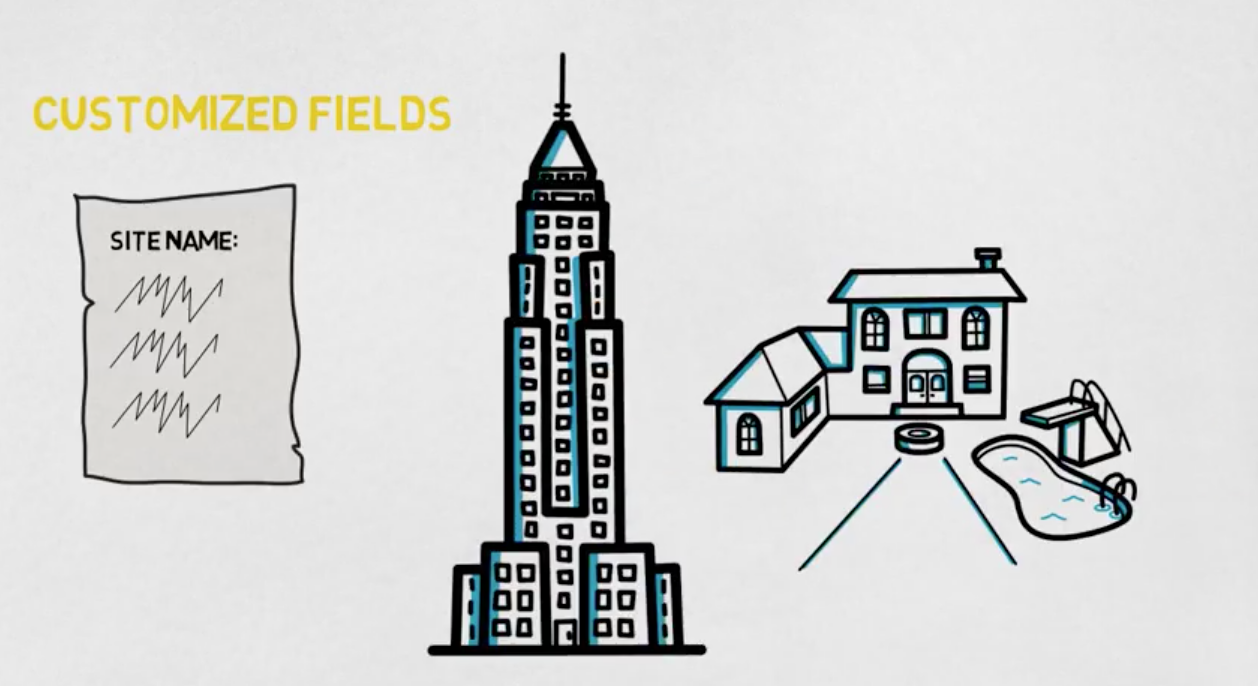
What Is a Utility Bill?
Amy Hou | October 2, 2017 | Energy & Sustainability
In this installment of EduSketch, we answer the question: What is a utility bill? Beyond that, what can a utility bill show you, and what can you use it for? Energy managers and consumers alike are used to looking at their utility bills, but they may not be aware of all the granular data they can get from a bill with a platform like Urjanet.
Let’s start with the basics.
What is a utility bill?
A utility bill is a detailed invoice, issued and paid once a month from utilities, including electric, natural gas, water, and waste. Utility bills for consumers and businesses are basically structured the same; businesses simply have many more accounts and charges to monitor than consumers. Let’s dive into all the detail that energy and sustainability managers can get from a business’ utility bill.
On a typical utility bill, you can see basic information such as the account number, invoice number, service address (different from the billing address; this is the address of the building or facility being managed), and service period.
Then for each meter, you can also see its usage, units, rates, and amount due.
Near the bottom of the bill, you can see if any adjustments were billed, what the new charges are, and what the total payment amount due is.
Simple, right? But in order to analyze consumption across several providers and accounts, this process becomes extremely complicated. There are a number of options for facility managers attempting to manage and collect utility bill data: manual entry into spreadsheets, OCR software, EDI feeds, or integrated energy management software systems.
But the most direct, accurate way to access utility bill data is from a data-as-a-service like Urjanet. With Urjanet’s cloud-based platform, you can bypass the slow, error-prone process of manual entry and get more detail than the inaccurate, incomplete formats of OCR or EDI. Instead, you can get accurate, granular data from each bill, automatically aggregated and delivered into one easy-to-read, customizable file.
Let’s take a look at the data points that Urjanet can pull from its integrations with over 5,000 utilities around the world.
Collected directly from the utility provider, Urjanet can enable you to see:
- Provider name
- Account number
- Invoice number
- Period start date and end date
- Additional provider
- Additional provider’s account number
- Service type
- Meter number
- POD (Point of Delivery) number
- Service address
- Tariff
- Consumption read type
- Consumption
- Demand
- Total amount of new charges
- Consumption charges
- Demand charges
- Tax charges
- Other charges
- Late fee charges
- Adjustment charges
You can also request customized fields from the data that Urjanet provides, such as a site name for each building or address. If you want to see the original bill, the data file will include a URL to download the bill image.
And now you know not only what a utility bill is, but also what you can get out of it. Find out how to get access to automated and aggregated multi-site utility bill data from Urjanet here.
Related Resources:
- 5 Ways to Lower Your Utility Bills This Summer
- 7 Shortcomings of Manually Entering Utility Bill Data
- Solutions Sheet: Utility Data for Energy Management & Procurement
If you like what you’re reading, why not subscribe?
About Amy Hou
Amy Hou is a Marketing Manager at Urjanet, overseeing content and communications. She enjoys writing about the latest industry updates in sustainability, energy efficiency, and data innovation.
You May Also Like
Support Business Continuity by Embracing ESG
Honor Donnie | March 18, 2022 | Energy & Sustainability
